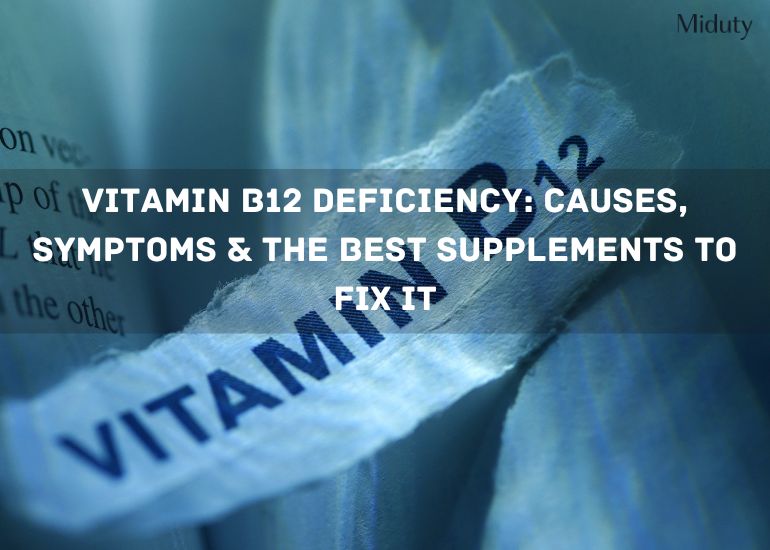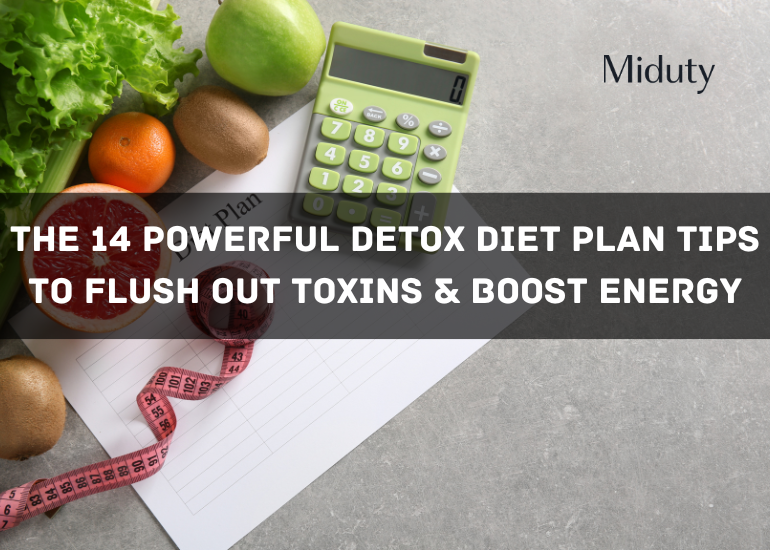
Ankylosing Spondylitis: Symptoms, Causes and Self-Care Treatment Tips
What is Ankylosing Spondylitis? | What are the symptoms of Ankylosing Spondylitis? | Causes and Risk Factors | Self Care Tips and Treatments | Conclusion
- Conventional medicines can have harmful side effects and do not guarantee success, rather use natural methods to achieve ankylosing spondylitis pain relief. Learn about natural treatments that work and cause no adverse side effects.
- Learn the symptoms of ankylosing spondylitis. Early detection is crucial as most of the damage is done within the first 10 years of the disease.
- Simple lifestyle changes can reverse ankylosing spondylitis. Learn about the best diet for ankylosing spondylitis and exercises that improve mobility and flexibility.

Ankylosing spondylitis pain relief is one of the most important daily priorities for those who suffer from ankylosing spondylitis (AS). Treatment is the other. While there are many conventional medical approaches to treating AS and relieving the pain, they are not always good for you in the long run.
In this article, I will be discussing how to relieve the pain caused by ankylosing spondylitis and how to treat it naturally. Early detection gives you the best chance of reversing AS. You will also learn which symptoms to look out for so that you can take care of your health and prevent damage.
What is Ankylosing Spondylitis?
In simple terms, it is a progressive inflammatory disease, meaning there is inflammation in the body. Essentially, it is a type of arthritis. In the case of Ankylosing Spondylitis, the inflammation is believed to be due to an infection which is progressing.
Maybe the inflammation is just affecting the lower joints of the spinal cord, but it can progress to all the joints resulting your spine to become a "bamboo" spine meaning the bones in your spinal cord can become fused together.
Since it is progressive, if the inflammation is not taken control of at the right time, it may progress to affect the other joints of the body. The most damage to the spine occurs within the first 10 years of Ankylosing Spondylitis.
What are the Symptoms Of Ankylosing Spondylitis?
- Stiffness first thing in the morning
- Lower back pain
- Sciatica (pain along the sciatic nerve running from the lower back into the legs)
- Neck pain
If you are experiencing these symptoms, particularly pain accompanied by stiffness, you should get an MRI, (or X-rays if you are unable to get an MRI) so that treatment can start as soon as possible if you do have Ankylosing Spondylitis.
In the later stage of Ankylosing Spondylitis, when the inflammation is not taken care of in the early stages, Ankylosing Spondylitis worsens causing worse symptoms. Ankylosing Spondylitis is a systemic disease meaning it affects the whole body and can cause secondary symptoms in other areas of the body and not just the spine. Symptoms include:
- Fatigue
- Fever
- Difficulty walking or moving around
- More rarely, pain and stiffness in the ribs, shoulders, hands, knees, or feet
- Also rarely, eyesight can be affected
- Fusing of the spinal cord
- Heart problems
- Problems breathing as the ribs can also fuse
Causes and Risk Factors for Ankylosing Spondylitis
With autoimmune conditions, there may not be any specific cause other than that it is in your genes, but studies are discovering more and more that there may be contributing factors to triggering autoimmune responses. Some of the things that can increase your risk for Ankylosing Spondylitis are:
- Men have a higher risk of developing Ankylosing Spondylitis than women but women can still develop Ankylosing Spondylitis.
- It usually occurs between late adolescence and early 40's, but it can occur at any age.
- A family history of Ankylosing Spondylitis or autoimmune diseases.
- Leaky gut (the intestines become damaged and leak toxins, bacteria, and undigested food into the bloodstream).
Ankylosing Spondylitis Pain Relief Self Care Tips and Treatment
1. Boswellia
Boswellia, also known as Indian frankincense or shallaki has anti-inflammatory properties and relieves pain. This makes it a great alternative to NSAIDs. Most people will experience no side effects, but it can cause acid reflux, nausea, or diarrhea in some people. Taking a lower dose may help with that.
Recommended dosage: 300-500 mg twice to three times a day.
2. Curcumin
Curcumin is what makes turmeric yellow. It has anti-inflammatory properties as well as anti-arthritic properties. It reduces the swelling in joints and actively works against disease. You can boost the effects of the curcumin by taking it with pepper. For pain relief, combining curcumin with boswellia is even more effective.
Recommended dosage: 400-600 mg three times a day. Just be careful of using turmeric/curcumin in excessive doses, or using it in medicinal doses if you are on blood thinners. You can use it in your meals as you normally would, this will cause no harm.
Try this recipe to reduce pain and inflammation: ¾ Tablespoon turmeric (powder) 1/3 Tablespoon ginger powder 1 Tablespoon black pepper (powder) 1 Tablespoon hot red pepper Add 1 teaspoon of this mixture to water and drink it. Fasting may help, but if you prefer not to fast, avoid starchy food to prevent further inflammation.
3. Low-Dose Naltrexone
Though this would fall under conventional medicine, it does not have the same toxicity as the other medications. Naltrexone was originally used to help those who needed to come off heroin and alcohol, but studies have found that it is actually very helpful in the treatment of autoimmune diseases. While on a low dose of naltrexone which is taken before bed, no flare-ups occurred in patients.
It is safe enough to take regularly and, in fact, whenever a patient stopped taking it, they would experience a flare-up within a few weeks. Once back on naltrexone, their conditions reversed again.
Recommended dose: 3 mg Avoid time-release naltrexone and always choose the capsules without calcium carbonate fillers. This will ensure that your body fully absorbs and uses it.
4. Exercise
You may not think that if you are in pain and feeling stiff that you can or should be doing exercise, but exercise is actually great for easing pain and helping you to gain mobility and strength again. Try gentle cardio such as walking, swimming, cycling (stationary bikes may be best as there is a lower risk of falling), or even an elliptical machine.
Once you feel able to, you can try some HIIT workouts which means that you do 20-60 seconds of high-intensity exercise, e.g, body weight exercises, or weights, and then rest for 10-30 seconds. You can work up to 4 sets per exercise. You can also do gentle strengthening exercises at the beginning such as pilates or yoga. This will also help you with your flexibility.
Exercise 3-5 days a week, starting slowly and increase the time you can spend doing these exercises as you get fitter, stronger, and more flexible. A mix of cardio, strength, and flexibility exercises is the best way to go. You can do cardio and strength on alternate days and stretches each time you work out.
5. Vitamin D And K2
Vitamin D3 and K2 work synergistically with calcium to make sure that calcium is absorbed and stored in the bones and teeth (which keeps them strong and hard) and used correctly for other things like fighting acidity (which leads to inflammation) in the body. It was also found that many people who had an autoimmune disease had lower levels of vitamin D than healthy people.
Vitamin D lowers inflammation and reduces your risk of other illnesses too. Making sure that you have an adequate intake of vitamin D (vitamin D3 if you take a supplement, as not all forms of nutrients are equal) and K2 can help to reverse AS.
Vitamin D: You need 1000 IU per 11 kg of body weight. Just 15 minutes of sun exposure twice a week can help you achieve your vitamin D requirement for the week. Fatty fish, egg yolk, and raw milk are also good sources of vitamin D.
Vitamin K2: You need 2000 mcg per day of which 100 mcg should be the MK-7 form. Foods containing vitamin K2 is grass-fed beef, raw dairy, and sauerkraut.
6. Magnesium
Magnesium relax your muscles which can help with the stiffness. It also helps you to sleep better which is often something that people in pain struggle to do. Magnesium is also important for reducing fatigue and anxiety, two things that often accompany illness and unfortunately, exacerbates the condition.
Recommended dosage: 500-800 mg before bed
7. Astaxanthin
Astaxanthin is an antioxidant that has pain relieving properties and is anti-inflammatory. Astaxanthin reduces the risk of many diseases and helps to improve the health of the joints and eyes. It has been shown to be effective as a treatment for rheumatoid arthritis and can benefit those who suffer from AS.
Recommended dosage: 2-4 mg per day (though you can take up to 6 mg without side effects). It is best to take astaxanthin with omega 3 fatty acids, the recommended krill oil supplement already contains astaxanthin.
8. Omega 3
Omega 3 fatty acids fight inflammation in the body and help to keep joints lubricated properly which helps with joint pain and stiffness. Omega 3 also helps to protect your eyes. This study shows that higher doses of omega 3 fatty acids can even stop AS in its tracks. Foods rich in omega 3:
- Fatty fish
- Walnuts
- Flax seeds
- Hemp seeds
Too much omega 6 can deplete omega 3 and cause inflammation in the body. Try to keep your ratio of omega 6 to 3 at no bigger than 4:1 but ideally at 1:1. Omega 6 is found in baked goods, vegetable oils, most nuts, sunflower and sesame seeds. To boost your omega 3 levels, you can use a or if you are vegan or vegetarian, an algae-based DHA and EPA supplement.
Recommended dosage: 300 mg of EPA and DHA combined per day
9. Low-Starch Diet
Dr. Alan Ebringer is a rheumatologist from the UK who has studied AS for 35 years. He found that a low-starch diet is most beneficial for those who suffer from AS. Starchy foods like pasta, bread, and potatoes fuel inflammation in the body because they have an acidic effect.
These starches, along with sugar, also feed the Klebsiella bacteria which is thought to play a role in AS. You should rather consume lots of vegetables, preferably a cup each of the following types of vegetables, every day:
Cruciferous vegetables: Broccoli, cauliflower, cabbage, kale, collard greens and arugula.
Sulfuric vegetables: Brussels sprouts, onions, bok choy, kale, broccoli, spinach, cabbage, and garlic.
Colorful vegetables: Bell-peppers, squash, carrots, beetroot, and pattipans.
Be sure to eat some fermented foods too such as sauerkraut, miso, tempeh, and kombucha. This will ensure that you have probiotics to fight off bad bacteria in your gut. Filling 80% of your plate with vegetables will also ensure that you are consuming a mostly alkaline diet.
You can also eat grass-fed meat and if you do eat grains, keep them to a minimum and choose gluten-free grains. Make as much of your food organic or free range as possible to avoid toxins.
10. Infrared Sauna
Infrared saunas have a whole host of health benefits, but in terms of AS and rheumatoid arthritis, using an infrared sauna reduces pain, stiffness, and fatigue experienced by patients. When you are exposed to beneficial infrared light you are warmed from the inside out, the healing starts from deep within your body, not just the surface.
It also helps to get rid of toxins which are also a cause of inflammation. Up to 30 minutes per day is recommended. Using the sauna after a workout helps to get rid of even more toxins. Just remember to stay well hydrated and maintain your electrolyte balance.
11. Light Therapy
Light therapy is the use of light of different wavelengths (depending on what you want to achieve) to treat various conditions. Low-level laser therapy was shown to improve function and reduce pain in Ankylosing Spondylitis patients during this study. The light therapy was done in combination with stretching exercises.
The combination of treatments was more effective than just the stretching alone. An LED infrared lamp can be used at home so that you don't need to go to a clinic every time. Never use it for more than 40 minutes at a time to prevent burns.
12. Stress-Relief
Stress makes our bodies release cortisol which helps your body to cope with the immediate stress. But chronic stress can cause cortisol to be released constantly which leads to inflammation and often tenses muscles and pain in our bodies.
Try these stress-relief tips:
- Meditation and/or deep breathing
- Walks in a garden or forest (forest bathing)
- Listening to music
- Hobbies
- Yoga
- Watching a funny video or show
- CBT (cognitive behavioral therapy) to change negative thought patterns and behaviors into positive thoughts and behaviors.
You can also benefit from consuming adaptogenic herbs like Ashwagandha root, tulsi (holy basil/ Ocimum sanctum) and Rhodiola. If you want to learn more about this disease refer to a rheumatologist, Dr. Alan Ebringer, who has been researching AS for 35 years, and has published nearly sixty research papers. I have read several of his papers and can see how he slowly built up a picture that explained AS and how to treat it.
Conclusion
- Ankylosing spondylitis is an inflammatory disease, a type of arthritis that is usually due to an autoimmune response.
- Side effects of conventional medications used for AS treatment include heart problems, bleeding in the stomach, increased risk for cancer, and liver failure.
- Natural ankylosing spondylitis pain relief and treatment include consuming curcumin, boswellia, adaptogenic herbs, exercise, getting adequate vitamin D, K2 and the mineral magnesium
- A low-starch diet that is mostly alkaline is the best diet to manage and reverse ankylosing spondylitis.
- Low-dose naltrexone can help to prevent flare-ups.
- Astaxanthin and omega 3 can help to stop the progression of AS.
- Infrared saunas and light therapy are great tools to reduce pain, inflammation, and fatigue externally.
Do you or someone you know suffers from ankylosing spondylitis and treated it successfully? Please tell us your story.








